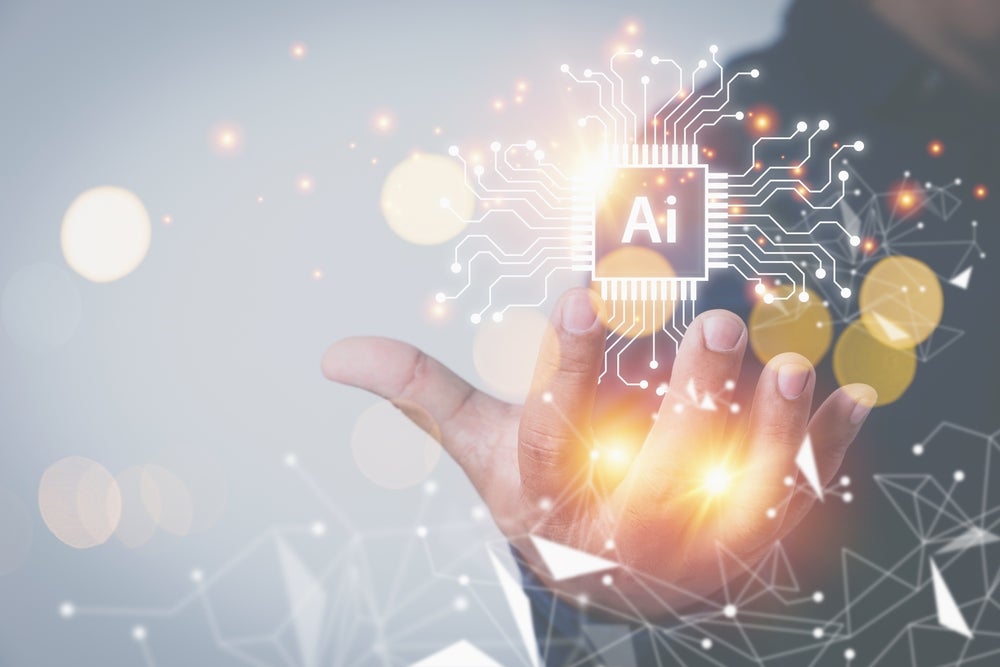Biometric security is very much at the forefront of the financial sector’s mind. Fingerprint recognition received a huge boost due to the technology already installed in certain smartphones. However, as every smartphone has a camera, photo recognition is taking off. MasterCard has just joined the fray. Patrick Brusnahan writes
Verification via a photo, or ‘selfie’, is not a new concept. HSBC has just announced security verification via a selfie for certain customers. In addition, USAA Bank and Alibaba have previously announced plans. Lloyds Banking Group also announced a similar platform in 2015.
MasterCard has followed suit and rolled out Identity Check Mobile for European and North American customers, which implements selfie and fingerprint payment technology.
Having a payments giant such as MasterCard backing the technology can only boost its usage, but why has it decided to integrate new biometric forms of security?
Speaking to CI, Bob Reany, executive vice president of identity solutions at MasterCard, said: “Why more than one modality? Because we’re MasterCard.”
With such a huge market in the physical world, it is a slight risk to move into the digital, particularly biometrics, which is not yet a mainstream method of security globally.
How well do you really know your competitors?
Access the most comprehensive Company Profiles on the market, powered by GlobalData. Save hours of research. Gain competitive edge.

Thank you!
Your download email will arrive shortly
Not ready to buy yet? Download a free sample
We are confident about the unique quality of our Company Profiles. However, we want you to make the most beneficial decision for your business, so we offer a free sample that you can download by submitting the below form
By GlobalData“What’s driving us into this? There’s a problem. In the old, physical world, which is still a huge amount of our business, people walk into a store with a chip card and they know what to do and the issuer gets a whole bunch of data. Consumers use their PIN, we find that is very attract and the approval rate is something like 96% and the fraud with those transactions is very small. That’s a good model and that’s over 80% of our business most days,” Reany explained.
“Digital is not the same, approval rates are much lower because the issuer is not getting the data they want. The typical chain of trust in the physical world does not exist in the digital world.
“So what do you have to do? You have to take new technology and apply it to the digital world or you’ll see people move away. The difference we’re seeing is that the digital world didn’t have the same tool set as the physical world. The digital world is growing so quickly, you better get going and make sure that people can authenticate themselves.
“When you have a card in your hand, we’re pretty sure it’s you. But a mobile device, we don’t know it’s you and that makes a huge difference to a consumer’s ability to successfully transact.”
Selfies
While selfie security is gaining prominence in the sector, it is not regarded as the most reliable solution with false negative and positive a plenty. Reany is adamant that it is the right choice though.
He said: “It is more pervasive. A lot of the devices have great cameras. Even the lowest in the price range have a camera, but decided not just to reply on the biometrics. Even though it might just look like a selfie, there is a lot going on. We use geolocation, device ID, and behavioural analytics.
“We’re able to use more emerging types of biometric modality because we have a lot of other data in other things that we’re considering when we’re making decisions. There are standards on how well these things have to perform with regards to its false acceptance and false reject rates. We have found that facial recognition can meet those standards and that it is coming along quite nicely. There has been a tonne of investment and innovation in biometrics over the last few years. We’re not just starting this; we’ve been working at it for a while.”
While Identity Check Mobile is now also available in North America, it was originally launched in Europe. This was partly due to increased regulation in the region after the institution of PSD2.
“PSD2 has laid a problem on the banks’ laps. There’s a new standard called strong consumer authentication that requires multiple factors, including your device, your location, and your biometrics. They’re saying you must have multiple factor authentication and you cannot get away with just a static password anymore,” Reany added.
“The regulation in markets like Europe, which is a leading market in terms of their thinking in this area, is going to drive the banks to say ‘I need to change what I have’. Those markets are in the process of trying to absorb these regulatory changes. There’s been a huge announcement put at their feet and we’re trying to help solve it. That’s why we aimed at Europe first.”
Reany concluded: “I’m not too worried about the number of users. The main measure will be the number of successful transactions. It will be successful if we have a great user experience and people can use it to get what they want.”




